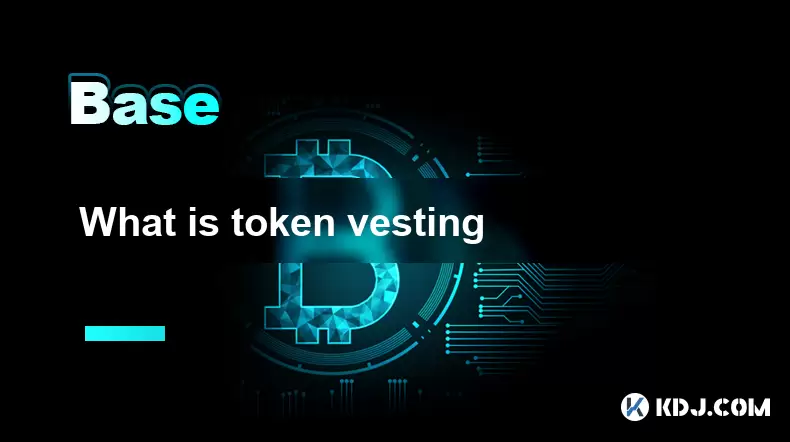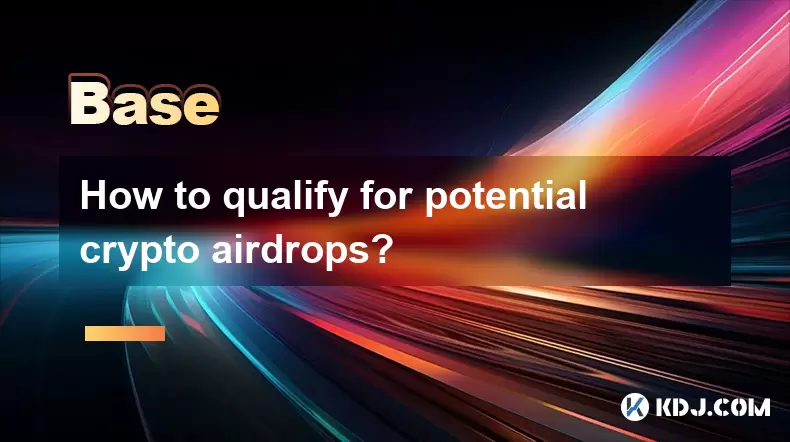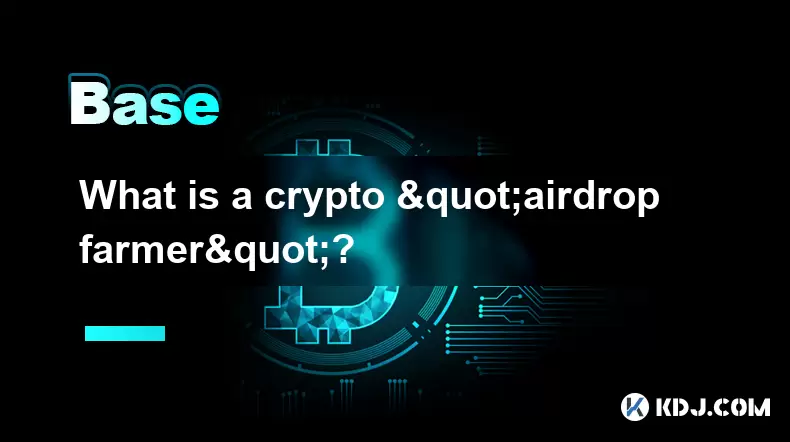-
 Bitcoin
Bitcoin $115100
-2.99% -
 Ethereum
Ethereum $3642
-1.38% -
 XRP
XRP $3.027
-5.51% -
 Tether USDt
Tether USDt $1.000
-0.05% -
 BNB
BNB $763.4
-1.32% -
 Solana
Solana $177.2
-5.42% -
 USDC
USDC $0.9999
-0.02% -
 Dogecoin
Dogecoin $0.2247
-6.47% -
 TRON
TRON $0.3135
0.23% -
 Cardano
Cardano $0.7824
-4.46% -
 Hyperliquid
Hyperliquid $42.53
-0.97% -
 Stellar
Stellar $0.4096
-6.09% -
 Sui
Sui $3.662
-2.61% -
 Chainlink
Chainlink $17.63
-3.57% -
 Bitcoin Cash
Bitcoin Cash $536.3
2.94% -
 Hedera
Hedera $0.2450
0.34% -
 Avalanche
Avalanche $23.23
-3.15% -
 Litecoin
Litecoin $112.2
-1.23% -
 UNUS SED LEO
UNUS SED LEO $8.976
-0.30% -
 Shiba Inu
Shiba Inu $0.00001341
-2.72% -
 Toncoin
Toncoin $3.101
-2.44% -
 Ethena USDe
Ethena USDe $1.001
-0.05% -
 Uniswap
Uniswap $10.08
-1.97% -
 Polkadot
Polkadot $3.938
-2.77% -
 Monero
Monero $323.9
0.87% -
 Dai
Dai $0.9999
-0.02% -
 Bitget Token
Bitget Token $4.481
-1.69% -
 Pepe
Pepe $0.00001199
-5.94% -
 Aave
Aave $288.2
-0.68% -
 Cronos
Cronos $0.1279
0.36%
What is token vesting
Token vesting ensures long-term commitment by gradually releasing tokens over time, preventing immediate sales and promoting project stability.
Jul 13, 2025 at 04:42 am

Understanding the Basics of Token Vesting
Token vesting is a mechanism used in blockchain and cryptocurrency projects to restrict the immediate transfer or sale of tokens acquired by team members, advisors, investors, or early contributors. The primary goal of token vesting is to align incentives over time, ensuring that key stakeholders remain committed to the project's long-term success rather than cashing out immediately after launch.
In most cases, tokens are locked for a certain period or released gradually according to a predefined schedule. This helps prevent market manipulation, reduces selling pressure, and fosters trust among community members and investors. Vesting schedules can vary widely, ranging from monthly releases to quarterly or even yearly unlocks, depending on the project's goals and governance policies.
The core idea behind token vesting is to promote long-term commitment and discourage short-term speculation.
How Token Vesting Works in Practice
Token vesting typically involves smart contracts that enforce the agreed-upon release schedule. Once the tokens are allocated, they are stored in a contract that only allows access after specific conditions are met—such as a particular date or milestone being achieved.
Here’s how a typical vesting structure might look:
- Cliff Period: A waiting period before any tokens are released.
- Gradual Release: Tokens are unlocked incrementally after the cliff ends.
- Total Duration: The full time span over which all tokens become available.
For example, a team member might receive 1 million tokens with a 6-month cliff and a 24-month total vesting period. That means no tokens are accessible for the first 6 months, and then they are released evenly over the next 24 months.
Smart contracts ensure transparency and immutability in token vesting processes.
Different Types of Token Vesting Models
There are several models of token vesting, each tailored to different roles and objectives within a project:
- Team Vesting: Reserved for core developers and team members, often with longer lock-up periods to encourage sustained involvement.
- Advisor Vesting: Typically shorter than team vesting but still designed to maintain advisor engagement over time.
- Investor Vesting: Institutional or private investors may have custom schedules based on their contribution size and negotiation power.
- Community Vesting: Sometimes used in DAOs or community-driven projects where token rewards are distributed gradually to participants.
Each model serves a distinct purpose and must be clearly defined during the project’s whitepaper or tokenomics design phase.
Choosing the right vesting model depends heavily on the role of the token holder and the project’s strategic goals.
Implementing Token Vesting via Smart Contracts
To implement token vesting securely and transparently, most projects rely on smart contract platforms like Ethereum, Binance Smart Chain, or Solana. Developers deploy a vesting contract that holds the tokens and executes transfers automatically based on the set parameters.
Here’s a simplified breakdown of the implementation process:
- Deploy a vesting contract using a framework like OpenZeppelin’s
VestingWallet.sol. - Define the beneficiary address, start time, duration, and release schedule.
- Transfer the tokens to the vesting contract address instead of directly to the recipient.
- Allow beneficiaries to claim tokens once the vesting conditions are satisfied.
It’s crucial to test the contract thoroughly using local environments or testnets before deploying it on mainnet. Security audits are highly recommended to avoid vulnerabilities.
Properly coded vesting contracts eliminate human error and enhance trust in decentralized ecosystems.
The Role of Token Vesting in Investor Confidence
Token vesting plays a significant role in building and maintaining investor confidence. When large portions of tokens are locked up for extended periods, especially for team members and early backers, it signals that the project is built for the long term.
This assurance is particularly important in an environment where many projects fail shortly after launch due to mismanagement or rug pulls. By implementing strict vesting schedules, teams demonstrate their commitment to the project’s roadmap and development milestones.
Additionally, vesting helps mitigate sudden sell-offs that could crash the token price. It ensures a more stable and predictable token supply entering the market, which benefits both retail and institutional investors.
Transparent token vesting mechanisms contribute significantly to a project’s credibility and market stability.
Frequently Asked Questions (FAQ)
Q: Can token vesting be modified after deployment?
Once a vesting contract is deployed on the blockchain, its terms are generally immutable unless the contract includes an administrative function to update parameters. However, such flexibility should be disclosed upfront to maintain trust.
Q: What happens if a vested token holder leaves the project?
Depending on the vesting agreement, the individual may forfeit unvested tokens or retain them based on clauses written into the contract. Some contracts allow for accelerated vesting under certain conditions.
Q: Are there legal implications associated with token vesting?
Yes, especially when dealing with regulatory frameworks around securities laws. Projects must ensure compliance with local regulations, particularly in jurisdictions like the United States where token classification matters.
Q: Is token vesting mandatory for all crypto projects?
No, but it is considered a best practice, especially for projects aiming to build sustainable ecosystems and gain the trust of investors and users.
Disclaimer:info@kdj.com
The information provided is not trading advice. kdj.com does not assume any responsibility for any investments made based on the information provided in this article. Cryptocurrencies are highly volatile and it is highly recommended that you invest with caution after thorough research!
If you believe that the content used on this website infringes your copyright, please contact us immediately (info@kdj.com) and we will delete it promptly.
- VIRTUAL Weekly Drop: Recovery Analysis and Privacy Push
- 2025-07-26 08:50:11
- Bitcoin, Cynthia Lummis, and Freedom Money: A New Yorker's Take
- 2025-07-26 08:30:11
- Crypto Gainers, Top 10, Week 30: Altcoins Buck the Trend
- 2025-07-26 08:55:12
- Solana, Altcoins, and Coinbase: What's the Buzz?
- 2025-07-26 06:30:12
- XRP in 2025: Bull Run or Bust?
- 2025-07-26 07:30:12
- Ruvi AI Presale Heats Up: Early Investors Eyeing Big Gains
- 2025-07-26 09:10:13
Related knowledge

What is the difference between CeFi and DeFi?
Jul 22,2025 at 12:28am
Understanding CeFi and DeFiIn the world of cryptocurrency, CeFi (Centralized Finance) and DeFi (Decentralized Finance) represent two distinct financia...

How to qualify for potential crypto airdrops?
Jul 23,2025 at 06:49am
Understanding What Crypto Airdrops AreCrypto airdrops refer to the distribution of free tokens or coins to a large number of wallet addresses, often u...

What is a crypto "airdrop farmer"?
Jul 24,2025 at 10:22pm
Understanding the Role of a Crypto 'Airdrop Farmer'A crypto 'airdrop farmer' refers to an individual who actively participates in cryptocurrency airdr...

What is the difference between a sidechain and a Layer 2?
Jul 20,2025 at 11:35pm
Understanding the Concept of SidechainsA sidechain is a separate blockchain that runs parallel to the main blockchain, typically the mainnet of a cryp...

What is the Inter-Blockchain Communication Protocol (IBC)?
Jul 19,2025 at 10:43am
Understanding the Inter-Blockchain Communication Protocol (IBC)The Inter-Blockchain Communication Protocol (IBC) is a cross-chain communication protoc...

How does sharding improve scalability?
Jul 20,2025 at 01:21am
Understanding Sharding in BlockchainSharding is a database partitioning technique that is increasingly being adopted in blockchain technology to enhan...

What is the difference between CeFi and DeFi?
Jul 22,2025 at 12:28am
Understanding CeFi and DeFiIn the world of cryptocurrency, CeFi (Centralized Finance) and DeFi (Decentralized Finance) represent two distinct financia...

How to qualify for potential crypto airdrops?
Jul 23,2025 at 06:49am
Understanding What Crypto Airdrops AreCrypto airdrops refer to the distribution of free tokens or coins to a large number of wallet addresses, often u...

What is a crypto "airdrop farmer"?
Jul 24,2025 at 10:22pm
Understanding the Role of a Crypto 'Airdrop Farmer'A crypto 'airdrop farmer' refers to an individual who actively participates in cryptocurrency airdr...

What is the difference between a sidechain and a Layer 2?
Jul 20,2025 at 11:35pm
Understanding the Concept of SidechainsA sidechain is a separate blockchain that runs parallel to the main blockchain, typically the mainnet of a cryp...

What is the Inter-Blockchain Communication Protocol (IBC)?
Jul 19,2025 at 10:43am
Understanding the Inter-Blockchain Communication Protocol (IBC)The Inter-Blockchain Communication Protocol (IBC) is a cross-chain communication protoc...

How does sharding improve scalability?
Jul 20,2025 at 01:21am
Understanding Sharding in BlockchainSharding is a database partitioning technique that is increasingly being adopted in blockchain technology to enhan...
See all articles

























































































